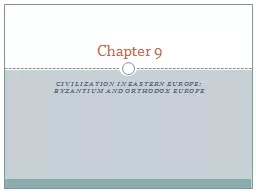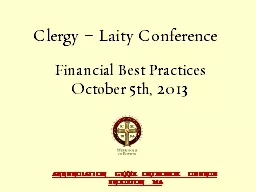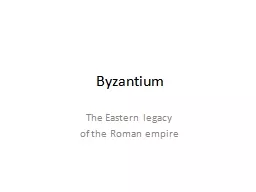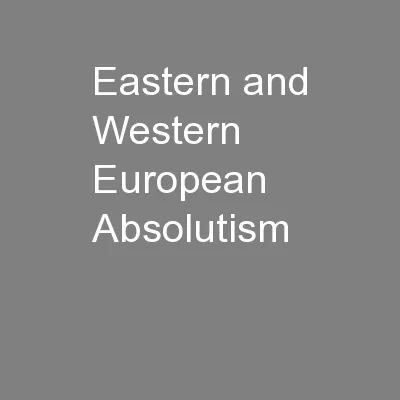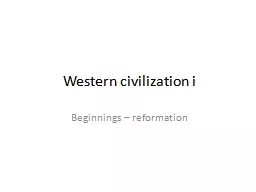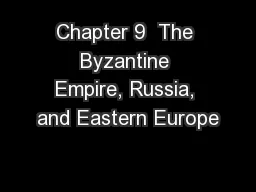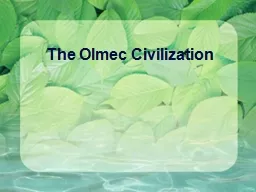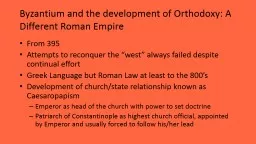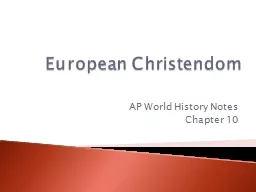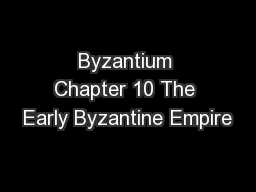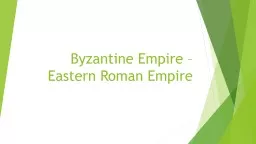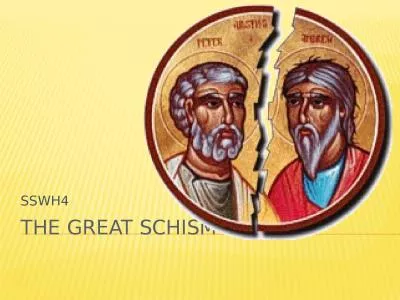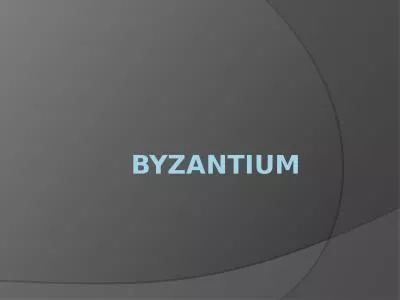PPT-Civilization in Eastern Europe: Byzantium and Orthodox Europe
Author : yoshiko-marsland | Published Date : 2018-11-01
Chapter 9 Chapter 68 Multiple Choice Quiz Make sure you are practicing brainstorming and outlining questions We will be moving on to the next step in a couple days
Presentation Embed Code
Download Presentation
Download Presentation The PPT/PDF document "Civilization in Eastern Europe: Byzantiu..." is the property of its rightful owner. Permission is granted to download and print the materials on this website for personal, non-commercial use only, and to display it on your personal computer provided you do not modify the materials and that you retain all copyright notices contained in the materials. By downloading content from our website, you accept the terms of this agreement.
Civilization in Eastern Europe: Byzantium and Orthodox Europe: Transcript
Download Rules Of Document
"Civilization in Eastern Europe: Byzantium and Orthodox Europe"The content belongs to its owner. You may download and print it for personal use, without modification, and keep all copyright notices. By downloading, you agree to these terms.
Related Documents

